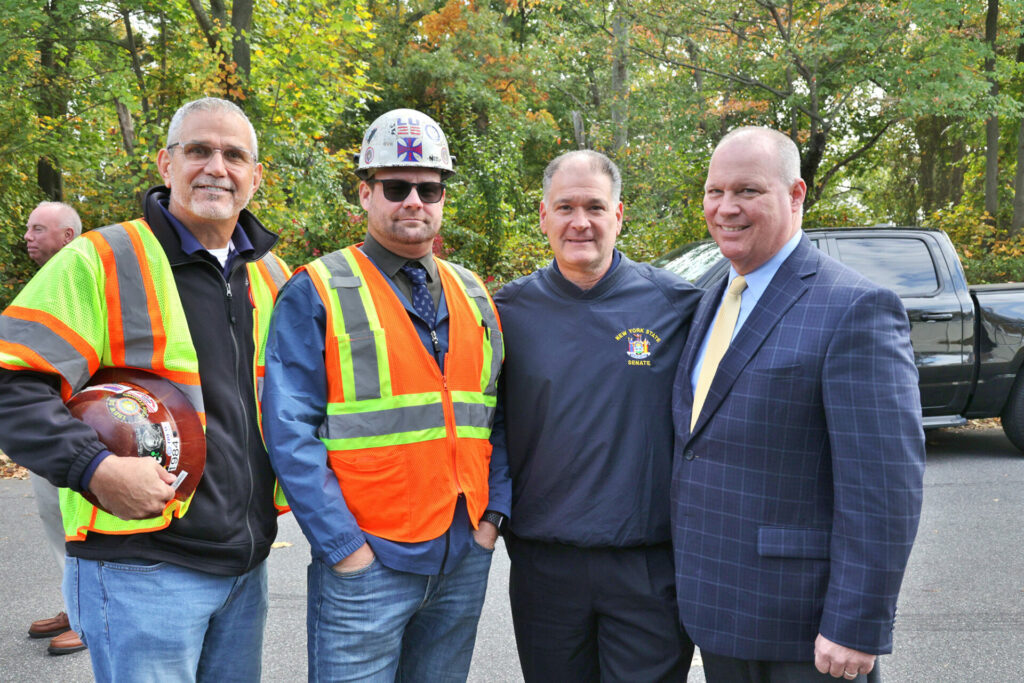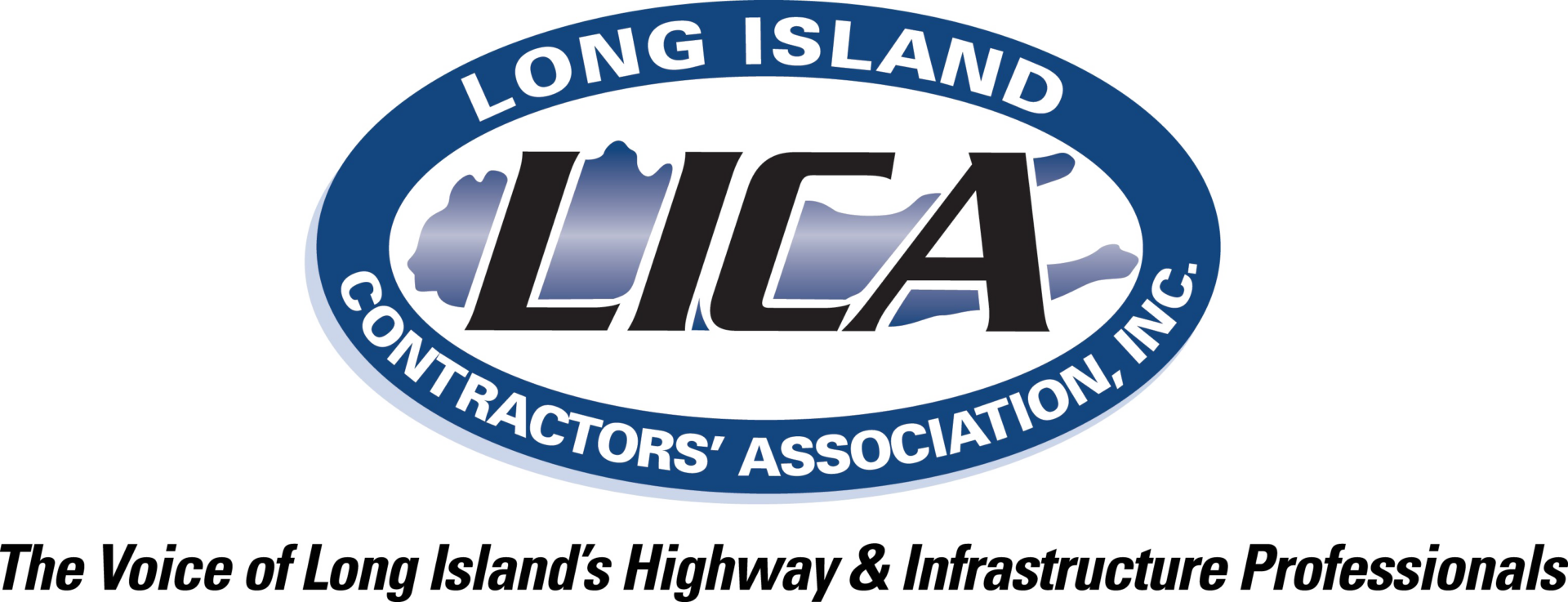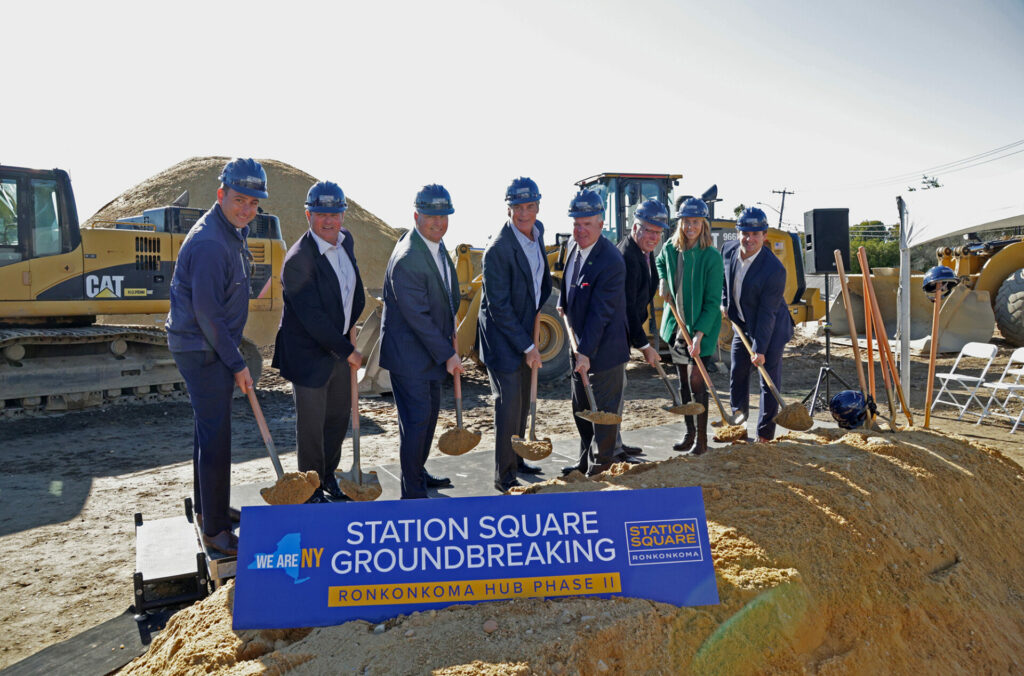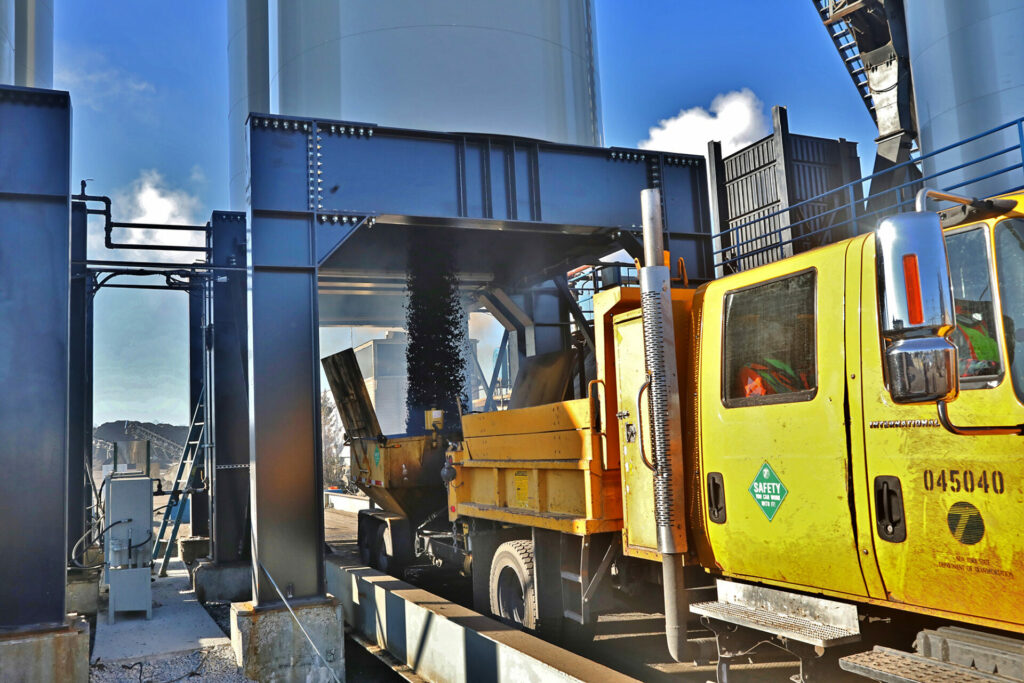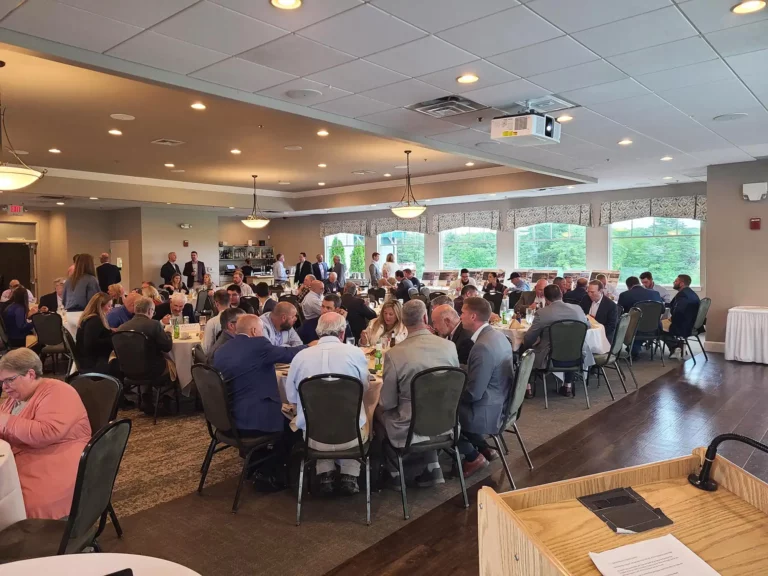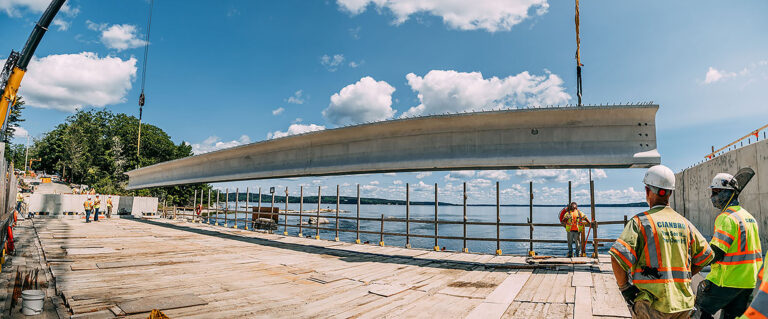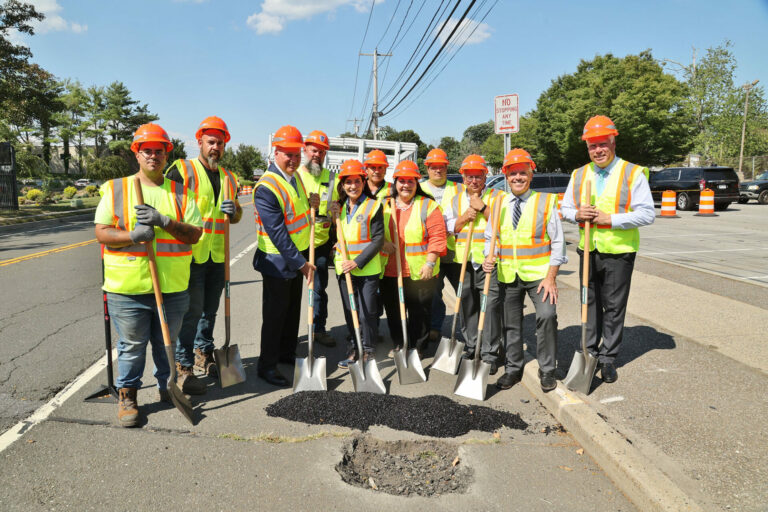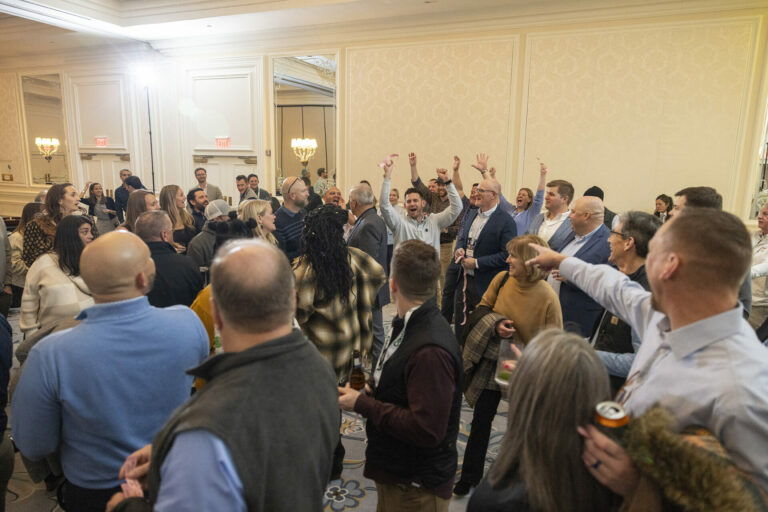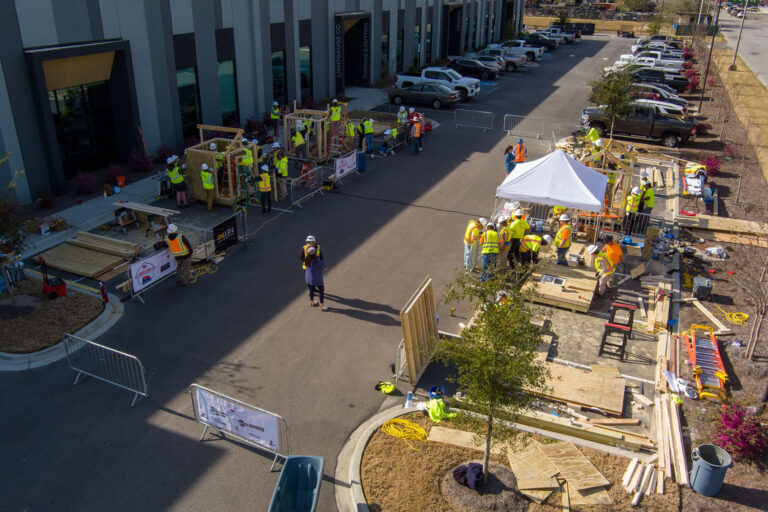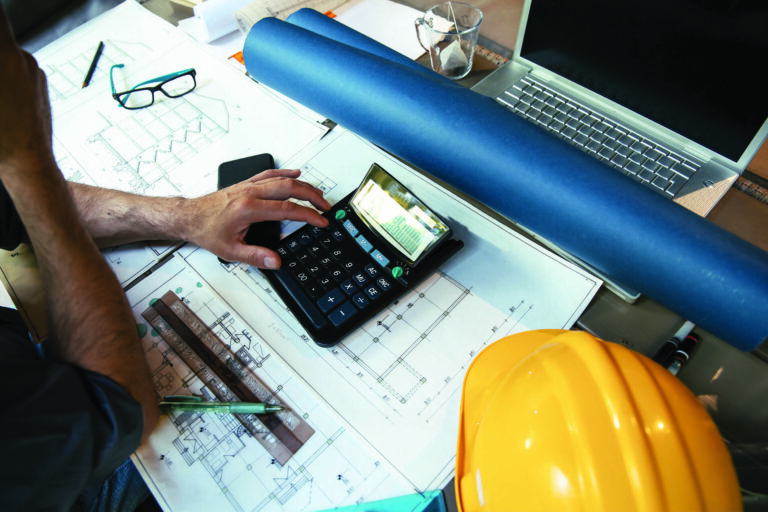The Long Island Contractors’ Association (LICA) represents the interests of Long Island’s premier heavy construction general contractors, subcontractors, suppliers, and industry supporters. Their industry is focused primarily on building and maintaining our region’s vital infrastructure: its highways, bridges, and transit systems, as well as utilities, water quality, wastewater systems, and other public works. They carry a sense of pride that many of LICA’s 160-member firms are multi-generational, family-owned businesses located on Long Island, who continue to work and employ neighbors in their communities. Marc Herbst, Executive Director, describes LICA as a “very active unionized community.”
While the last few years were particularly difficult for Long Island and New York due to the surging COVID-19 pandemic, LICA continued to contribute to the local infrastructure and economy as construction was deemed an essential service in NY State. With little traffic on the road, and fewer people using mass transit, Herbst says, “we went forward and got a lot of improvements done faster.” Herbst went on to say that the decision to categorize construction as an essential service kept LICA members working at a time they were needed most.
Now, LICA has turned its attention to another critical issue; budget negotiations over a new 5-Year New York State Capital Transportation Plan. With a budget due April 1st, LICA is very active in conversations. “Our goal is to ensure the State Legislature and Governor’s office provide adequate infrastructure funding for Long Island and throughout NY State,” said Herbst. While there will continue to be a historic influx of infrastructure funding coming from Washington D.C., Herbst’s job is to ensure that the money is going to the right places.
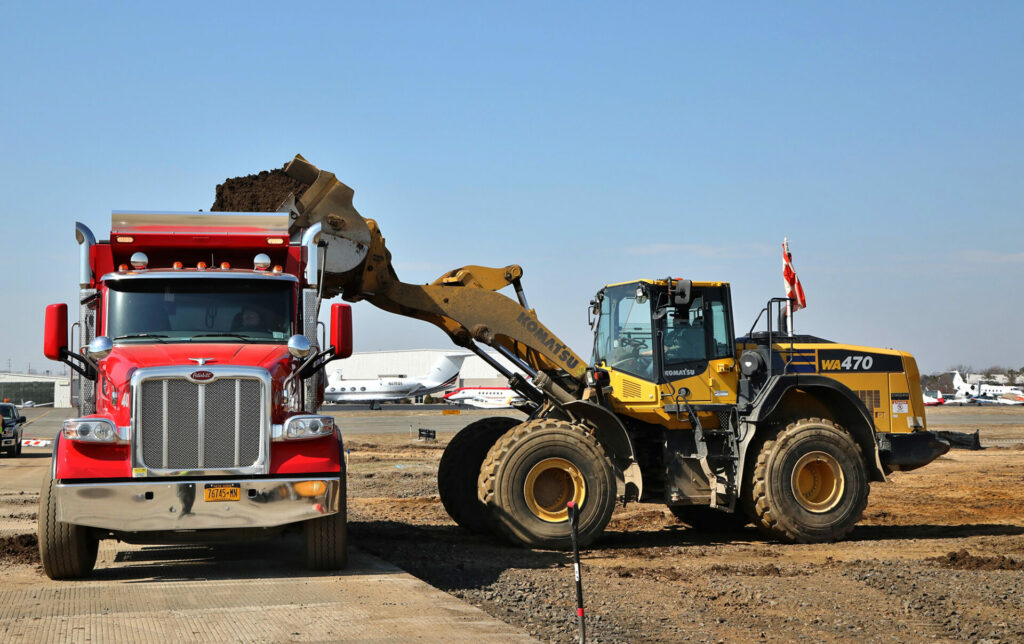
Initially, $4.6 billion was allocated to NY State from Washington for infrastructure investments. However, Herbst is worried only about half of those funds are being allocated towards projects related to infrastructure. “What happened to the other money?” asked Herbst.
“We need to make sure that money isn’t being siphoned off for other purposes,” said Herbst.
The goal for LICA and its members has a much wider scope than anticipated, however. Contributing positively to its own corner of the country ensures that the collective benefit is felt further afield. The way Herbst sees it, more construction is better for the economy. Not only do these projects have a direct impact on the local workforce, a slightly less tangible, but equally important benefit is felt. It raises the quality of life, fixing bridges and roads, reducing traffic, ensuring better safety. According to Herbst, better infrastructure is also a draw to lure more folks into investing in local communities and building permanent lives.
“According to Herbst, better infrastructure is also a draw to lure more folks into investing in local communities and building permanent lives.”
Not to mention, better roads and highways come with increased safety. Sitting on a freeze-thaw line, Long Island roads are constantly “pummeled (by weather) and in terrible condition.” This can lead to dangerous and damaging potholes, as well as severe traffic congestion.
Despite possible allocation fights, New York has an enormous investment opportunity thanks to the historic bi-partisan Infrastructure Bill signed by President Joe Biden. This unprecedented level of funding will give a welcome boost to the economy but, crucially, it will create real, living changes to the lives of those living in New York. Not only will New York’s Metropolitan Transit Authority benefit, but Herbst is particularly excited about the roads and bridges program. “The current condition of our roads and bridges is dreadful. Congestion levels are high, and this program will help with that,” said Herbst. In addition, needed investment improvements will come to airports, telecommunications, broadband, and more.
However, one important issue that Herbst foresees, is the ongoing issue regarding the global supply chain. Unsurprisingly, the pandemic has resulted in costs rising exponentially and, when this is paired with unsustainable supply chain issues, it results in massive challenges for companies across the industry. While these difficulties will impact companies in all facets of construction, a big concern for LICA is that the pricing and availability of materials may hamper long-term improvements to infrastructure projects. “We see steel, lumbar and all these other types of materials and aggregates – the prices are going up,” stating that along with the rise in spending, businesses across the country are now dealing with added costs,” says Herbst.
Managing the issue of rising costs can be difficult at the best of times; however, when it comes to steel, a perfect storm of supply shortages, pricing and bureaucracy is emerging which results in even greater headaches for LICA’s members working on bridge projects. This instability in the market leads to a frustration with the bidding processes with governments. Said Herbst, “a lot of times they’ll put out a bid and delay the award,” explaining that over time this leads to them facing fluctuating prices, and sometimes losing suppliers: “How do you put a bid price out here and all of a sudden you don’t know when the job is really going to take place when we have such uncertainty in the market right now?”
Ultimately, the outlook is bright. There are major projects underway after the recent influx of funding for sewer programs in the region in the aftermath of Superstorm Sandy – to provide resistance and resilience in a region where 75% of the area does not have sewers. Alongside this, Herbst explained that there are two large transit programs ongoing, one including the first track on the Long Island railroad in over 100 years to be added.
“I think we’re in good shape. The future is very positive for Long Island,” Herbst said.









